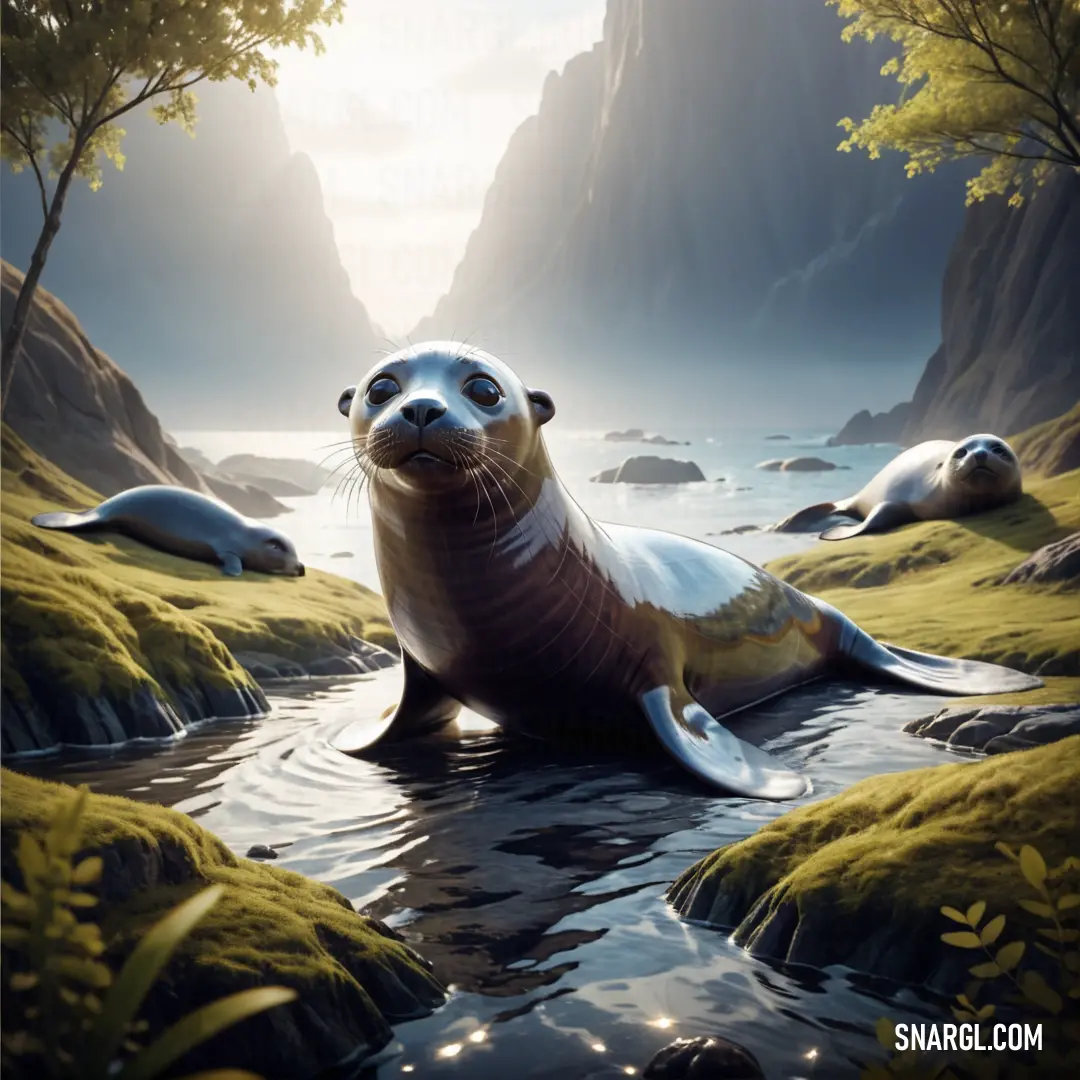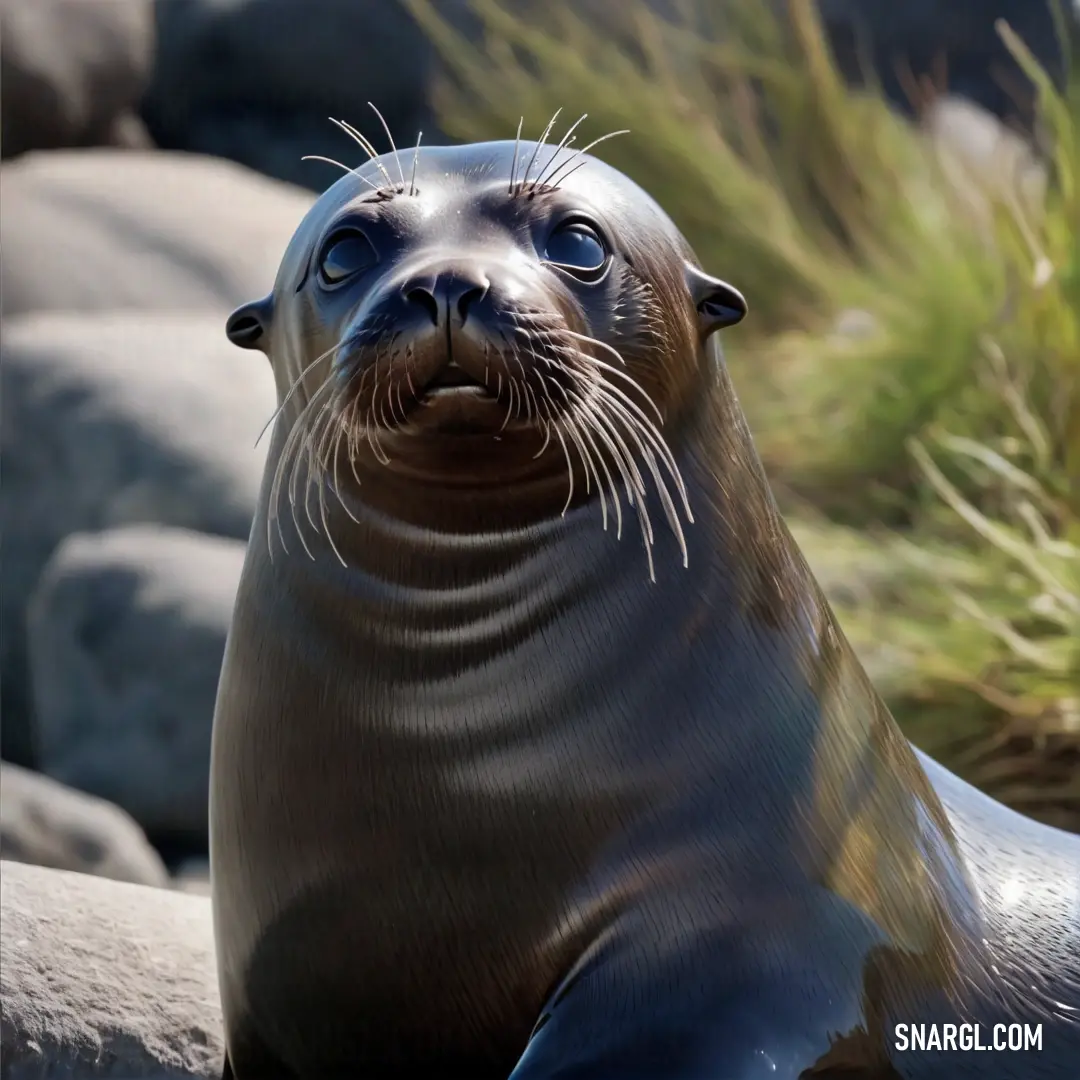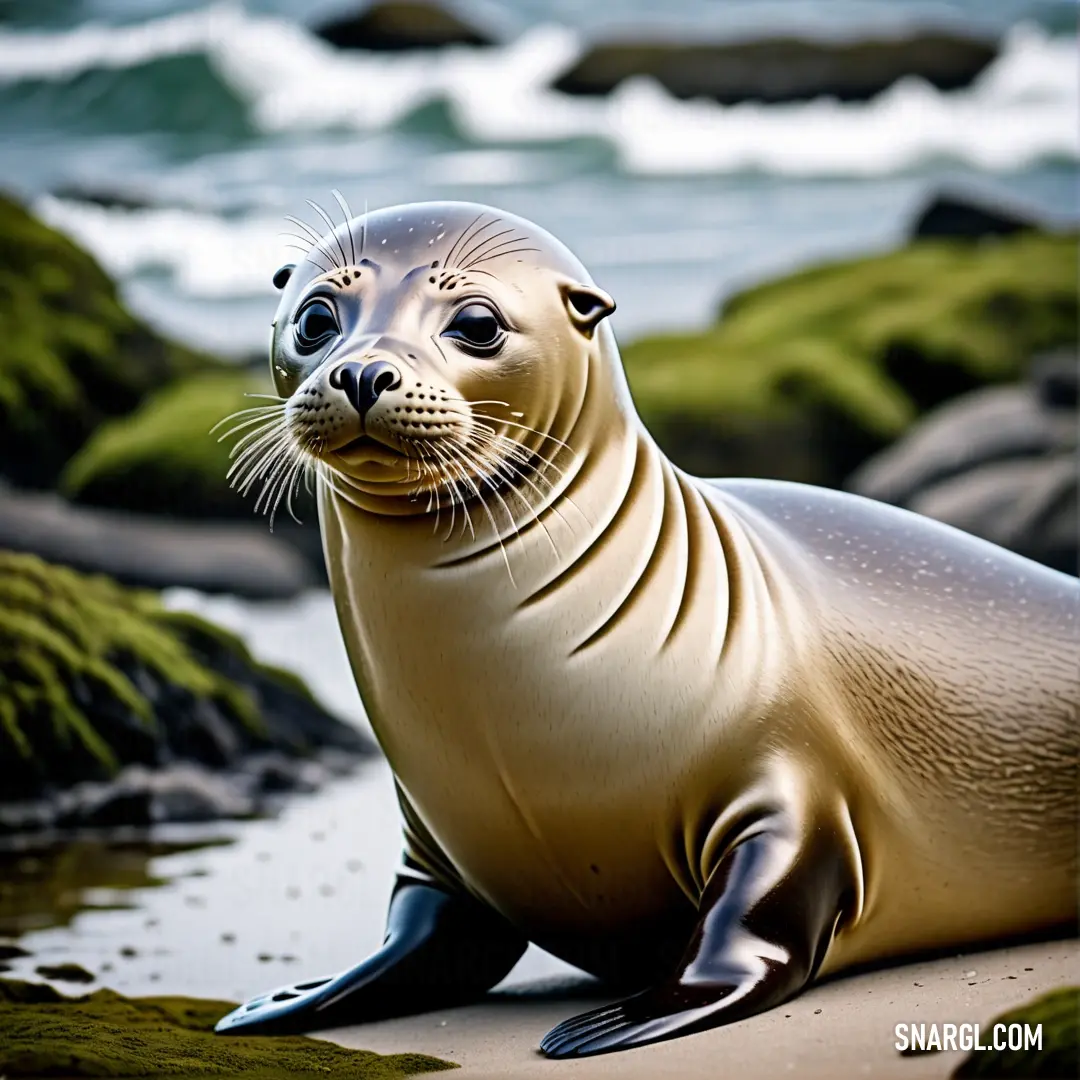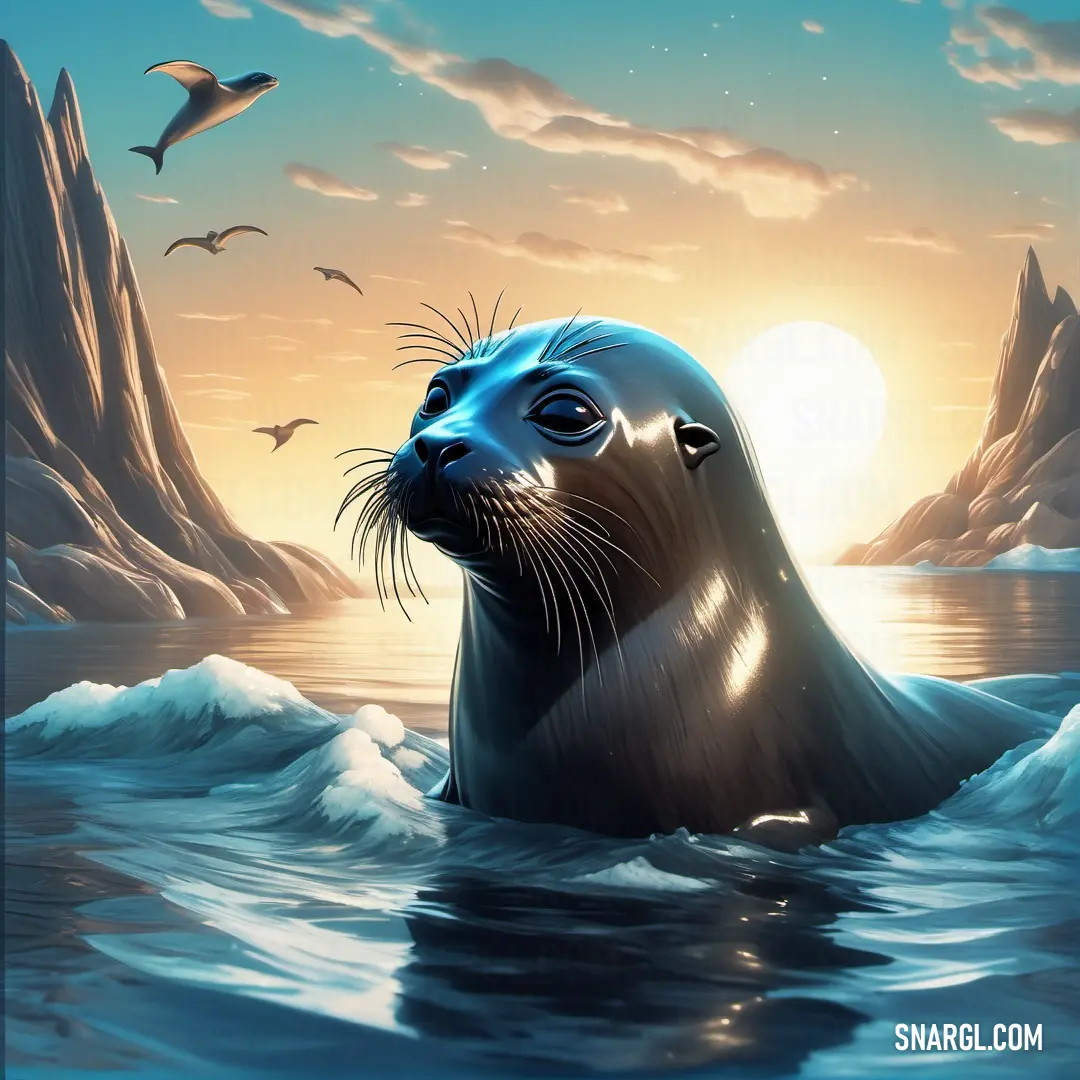
Fur seal
What kind of animal is Fur seal?
The fur seal is a type of eared seal that belongs to the family Otariidae.
There are nine species of fur seals, eight of which live in the Southern Hemisphere and one in the Northern Hemisphere.
Fur seals are different from true seals because they have external ears, long and muscular foreflippers, and the ability to walk on all fours.
They are also known for their dense underfur, which protects them from the cold and makes them valuable for hunting.
Fur seals feed on fish, squid, krill, and penguins, and can dive up to 200 meters deep.
These animals are social animals that form large colonies on islands and coasts during the breeding season.
Fur seals are sexually dimorphic, meaning that males are much larger than females and have thicker necks and manes.
They also migrate, traveling long distances between feeding and breeding grounds.
Example of the color palette for the image of Fur seal

See these colors in NCS, PANTONE, RAL palettes...
Where does the Fur seal live?
There are nine species of fur seals, and they live in different regions of the world:
The northern fur seal ( Callorhinus ursinus ) is the only species that belongs to the genus Callorhinus, and it lives in the North Pacific Ocean.
It breeds on islands in the Bering Sea, such as the Pribilof Islands, and migrates to the coast of California and Japan in the winter.
Galapagos fur seal ( Arctocephalus galapagoensis ), which is endemic to the Galapagos Islands and is the smallest of all fur seals.
Juan Fernandez fur seal ( Arctocephalus philippii ), which lives on the Juan Fernandez Islands off the coast of Chile.
New Zealand fur seal ( Arctocephalus forsteri ), which is found on the coasts and islands of New Zealand and southern Australia.
Brown fur seal ( Arctocephalus pusillus ), which has two subspecies: the South African fur seal ( A.p.pusillus ), which lives on the coasts of South Africa and Namibia, and the Australian fur seal ( A.p.doriferus ), which lives on the coasts of southeastern Australia and Tasmania.
South American fur seal ( Arctocephalus australis ), which is found on the coasts of South America, from Peru to Argentina, and on some islands in the Atlantic Ocean, such as the Falkland Islands and Uruguay.
Subantarctic fur seal ( Arctocephalus tropicalis ), which breeds on islands in the southern Indian and Atlantic Oceans, such as Amsterdam Island and Gough Island.
Fur seals were hunted extensively for their fur in the past, and some species were nearly driven to extinction.
Today, fur seals are protected by international laws and agreements, and their populations have recovered to some extent.
However, fur seals still face threats from overfishing, climate change, pollution, and human disturbance.
Example of the color palette for the image of Fur seal
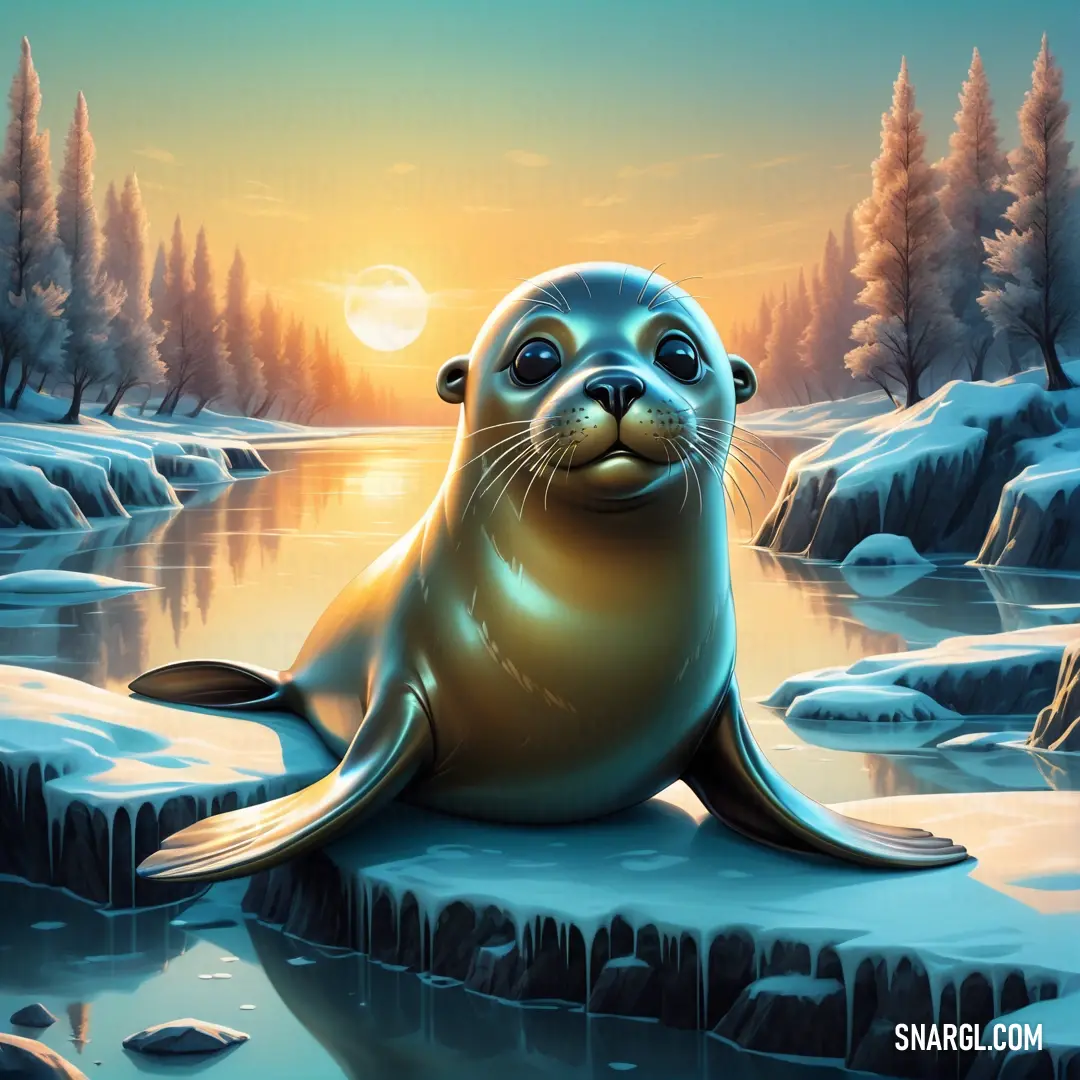
See these colors in NCS, PANTONE, RAL palettes...
What does the Fur seal look like?
A fur seal is a kind of eared seal
That has a thick coat of fur
They live in the northern and southern seas
And can swim and walk with a blur
Some are brown, some are gray, some are black
But they all have a chestnut underfur
They feed on fish and other marine prey
And they breed on islands with a stir
They are related to sea lions but smaller in size
And they have a long history of hunting
But now they are protected by laws and treaties
And their numbers are slowly recovering

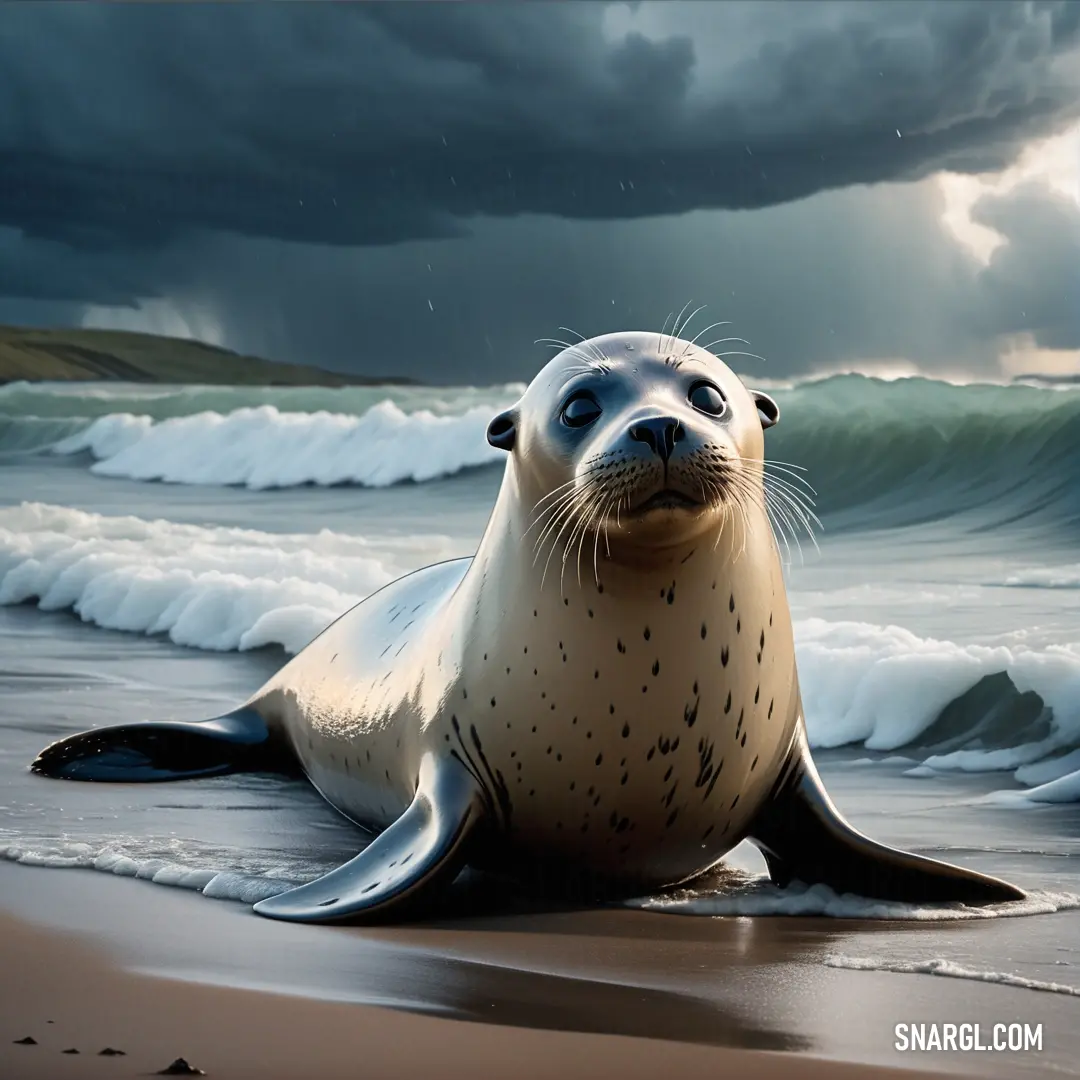
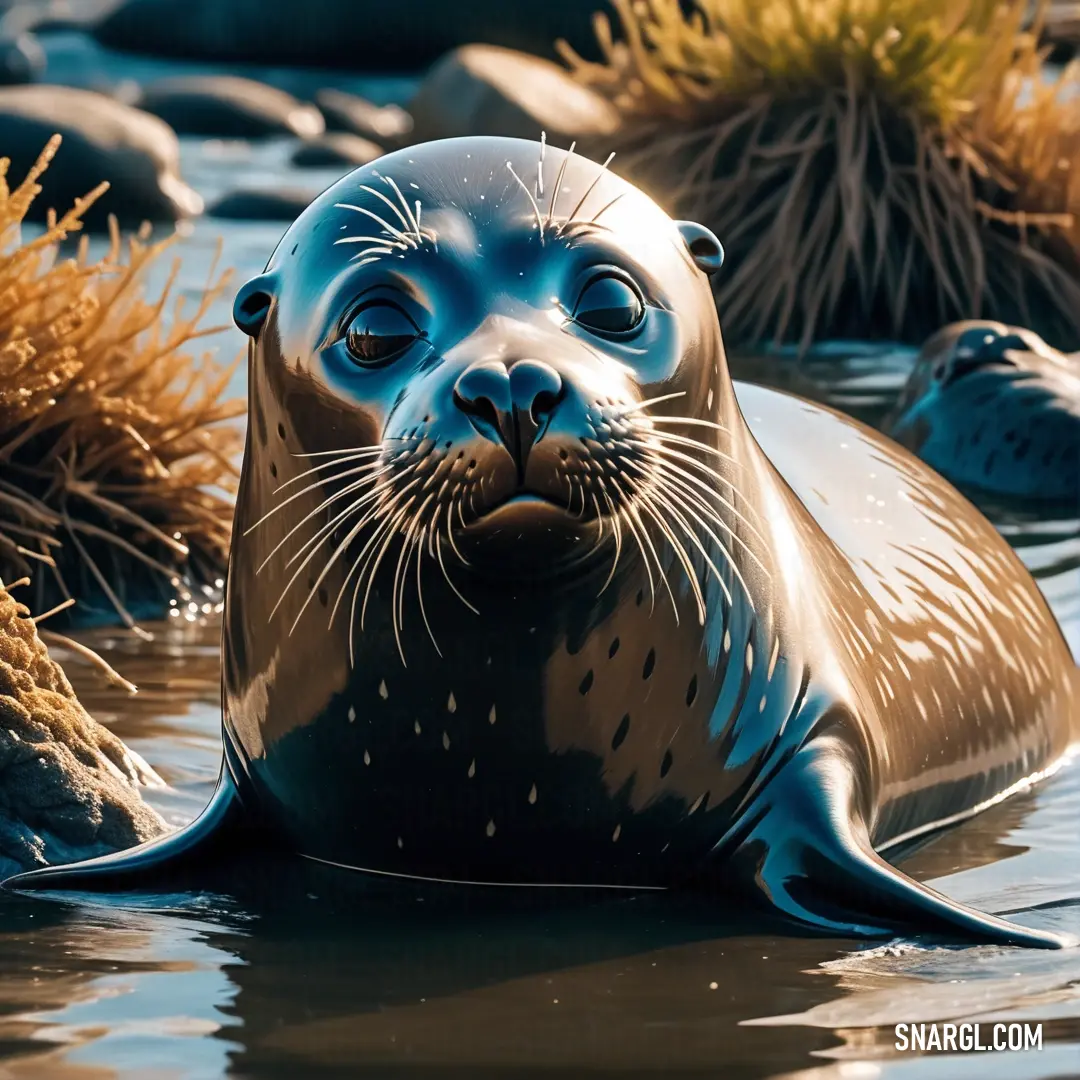
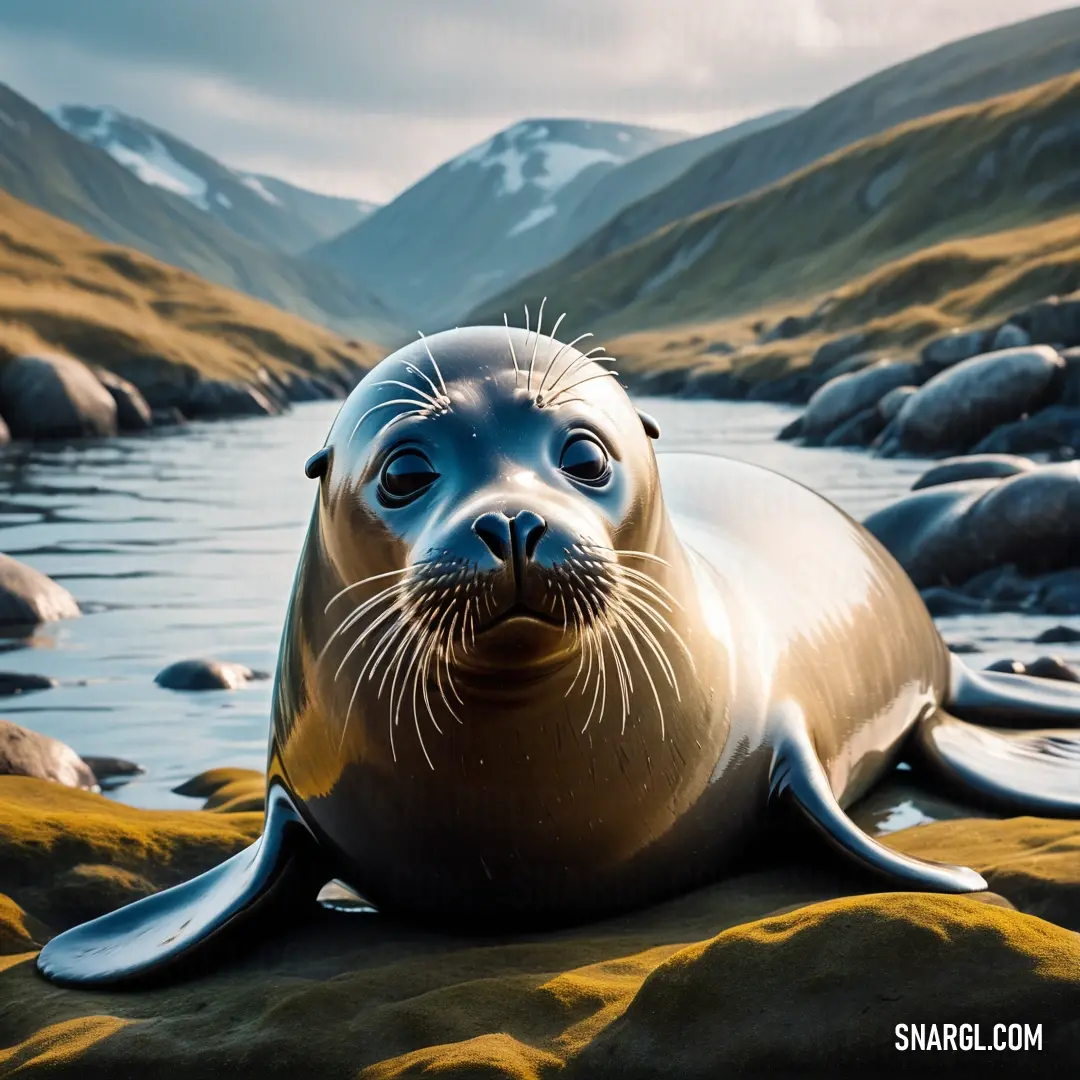
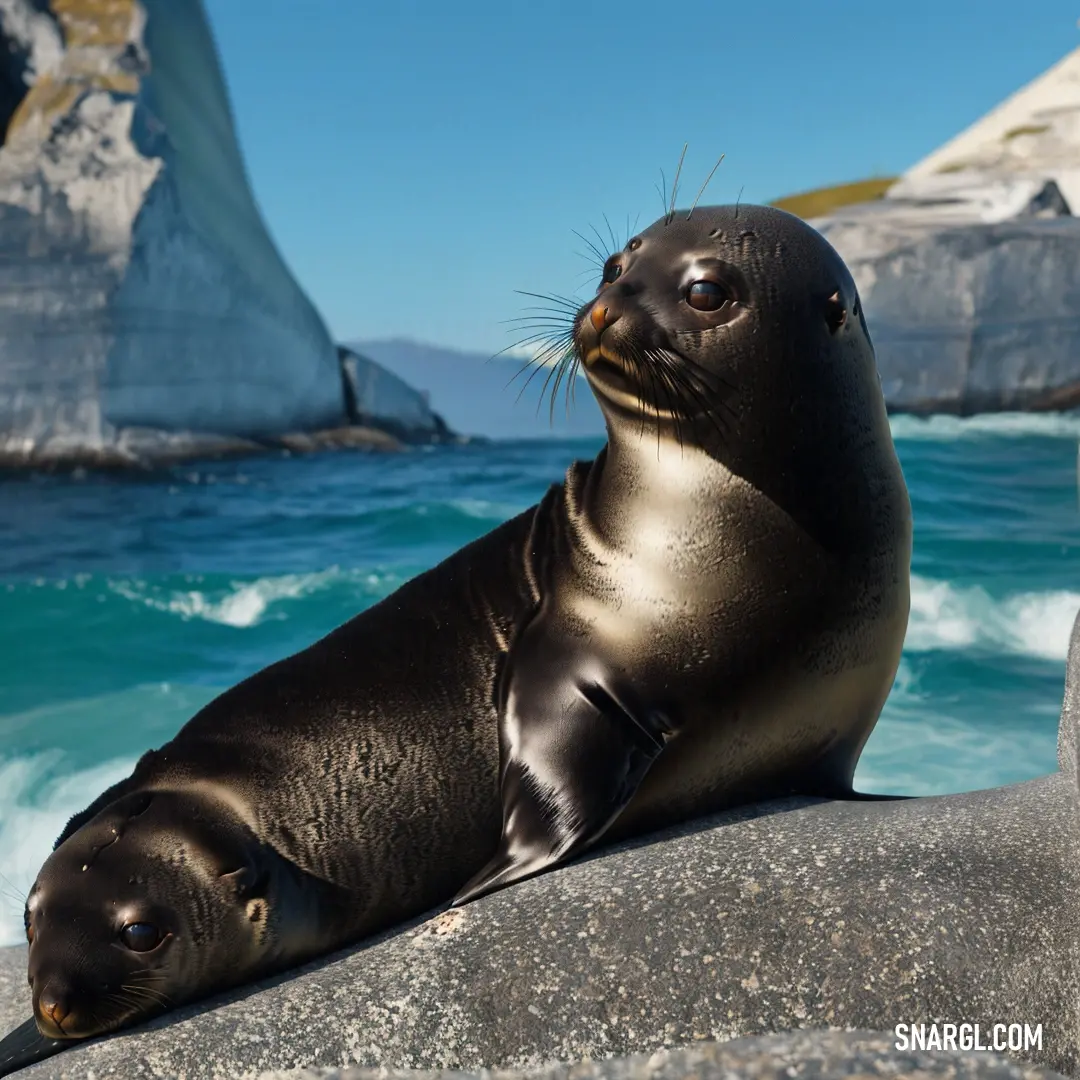
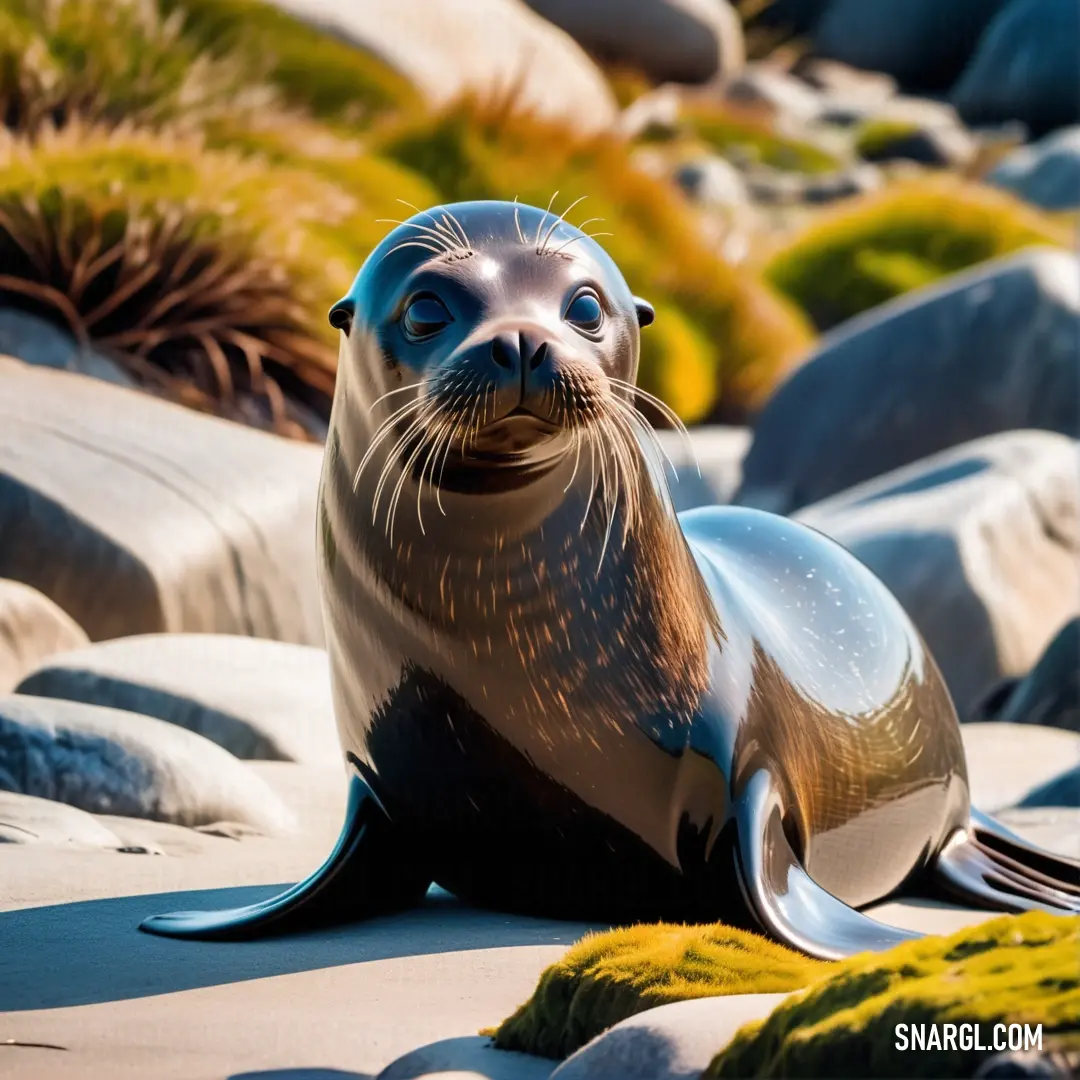
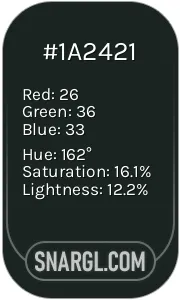 Dark jungle green
Dark jungle green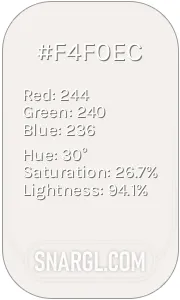 Isabelline
Isabelline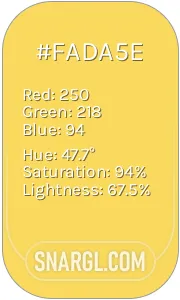 Jonquil
Jonquil Sea blue
Sea blue Viridian
Viridian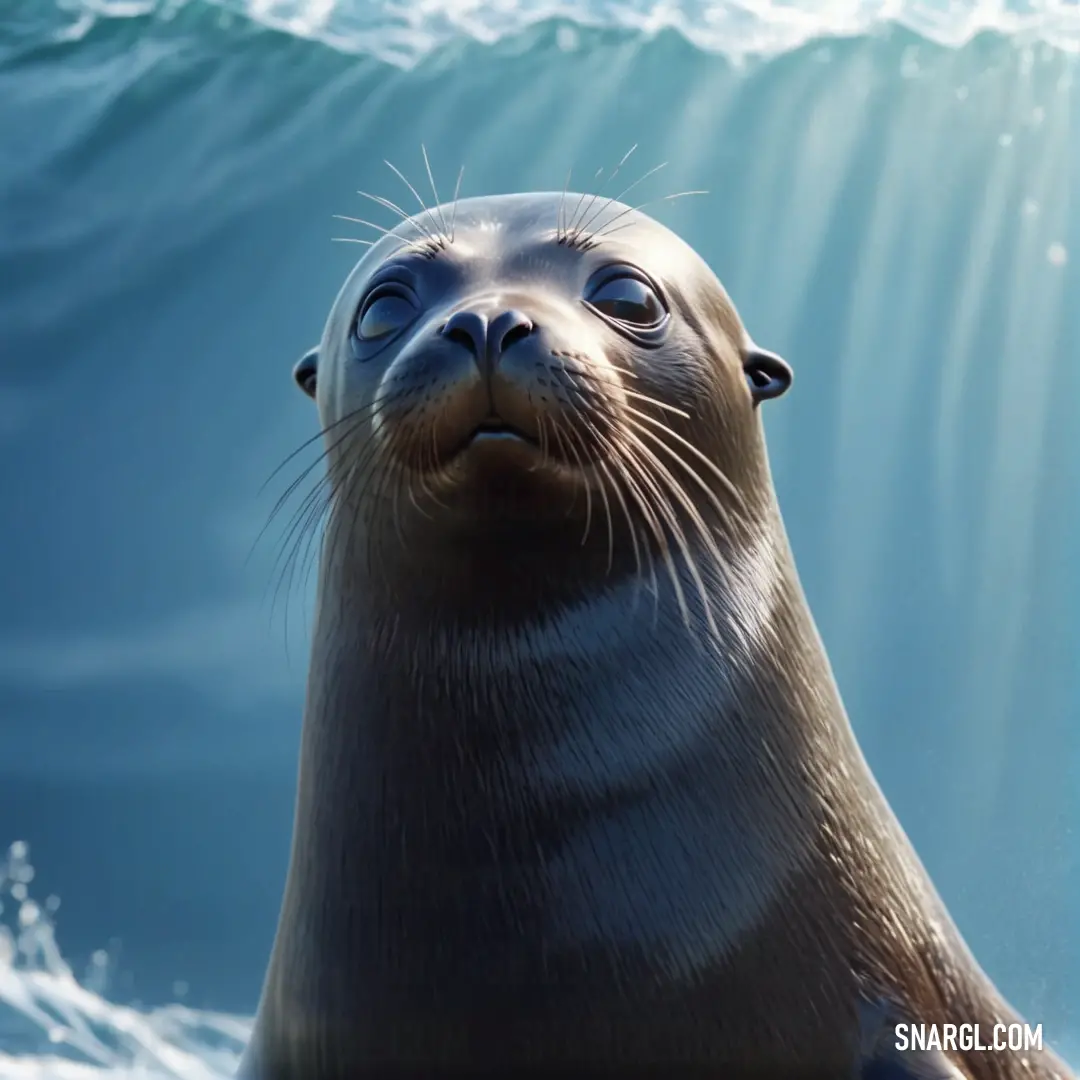
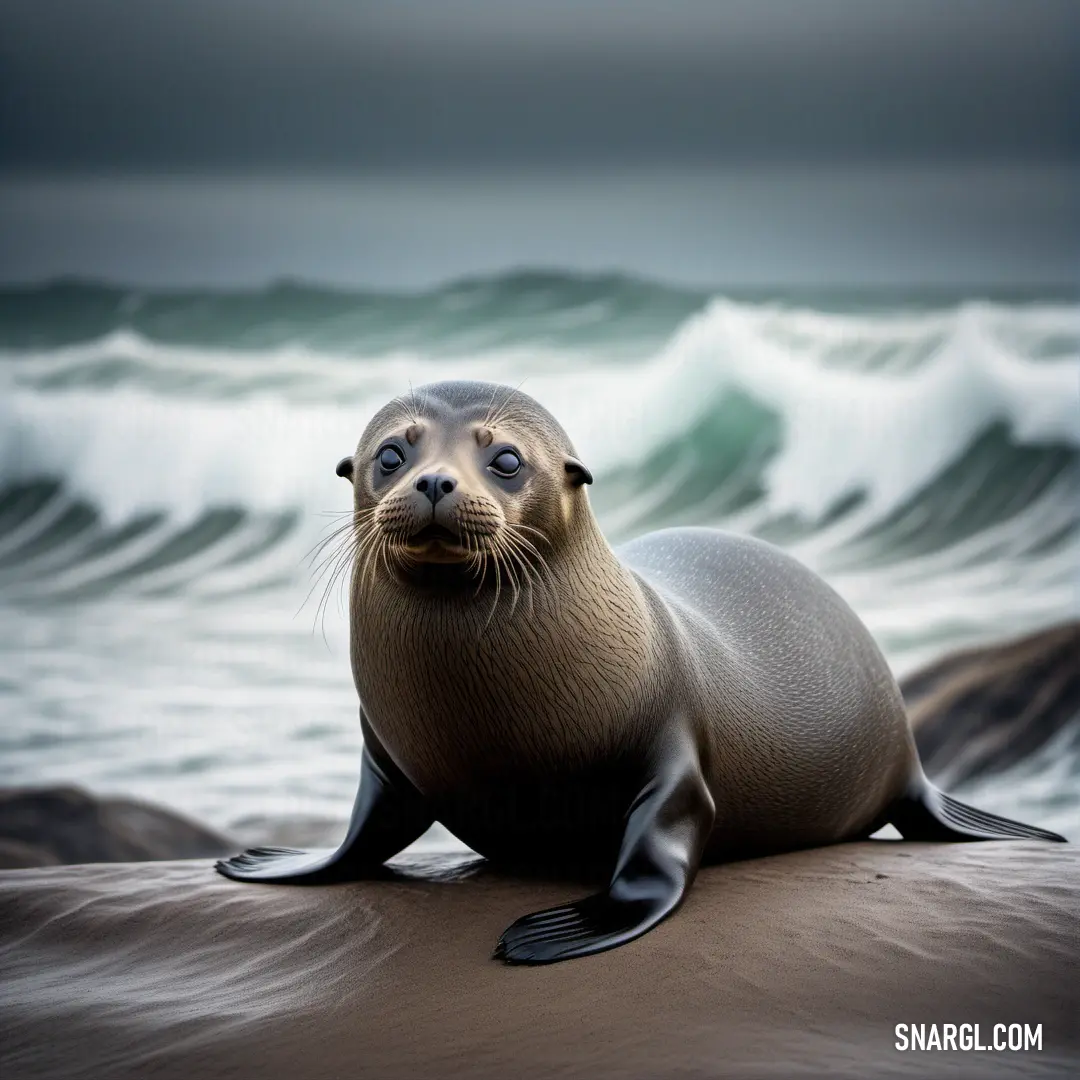
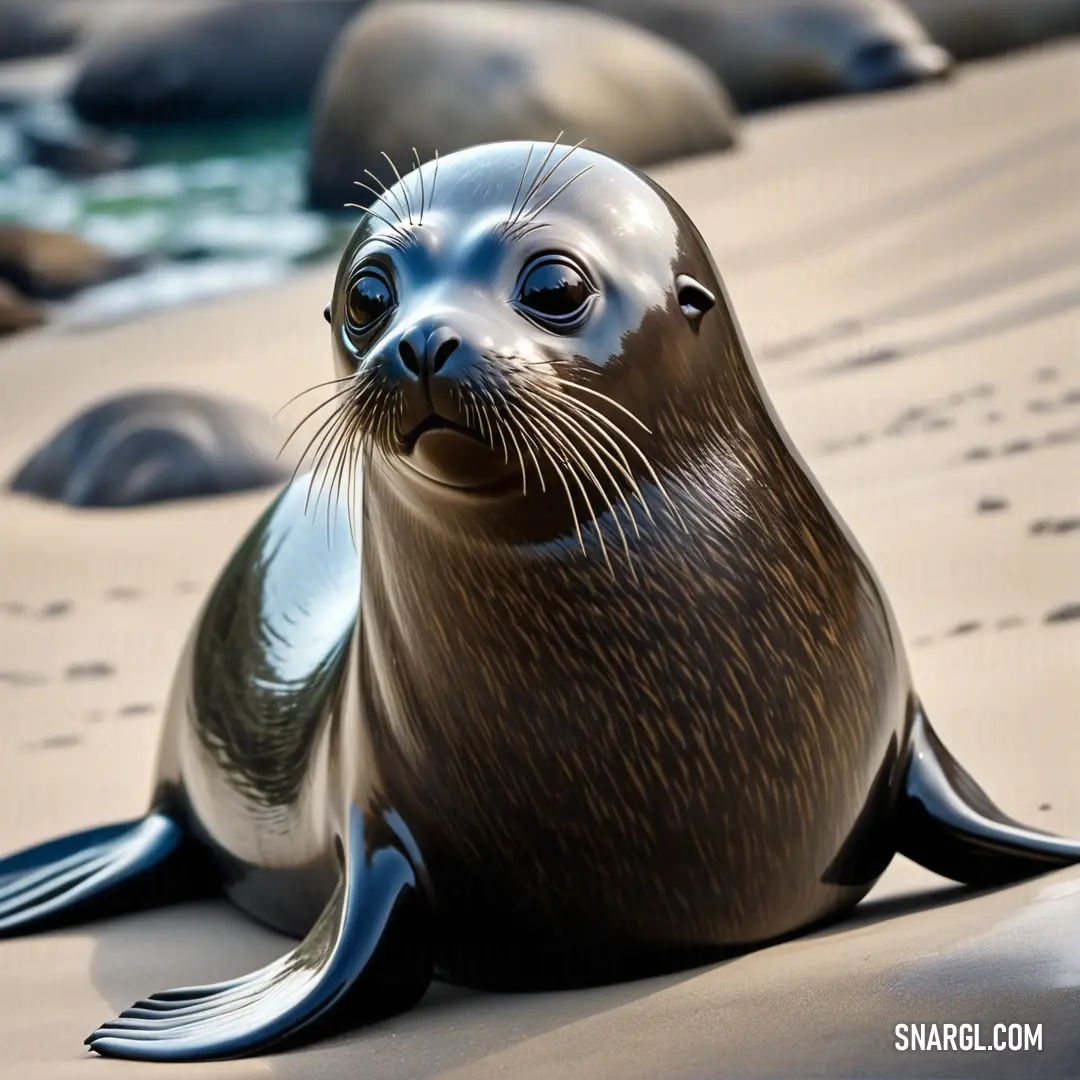

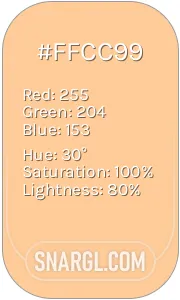 Peach-orange
Peach-orange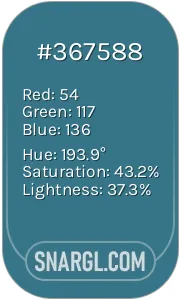 Teal blue
Teal blue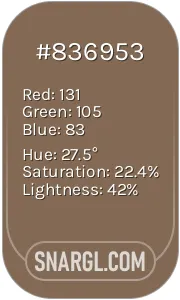 Pastel brown
Pastel brown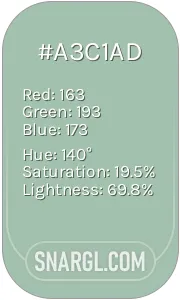 Cambridge Blue
Cambridge Blue